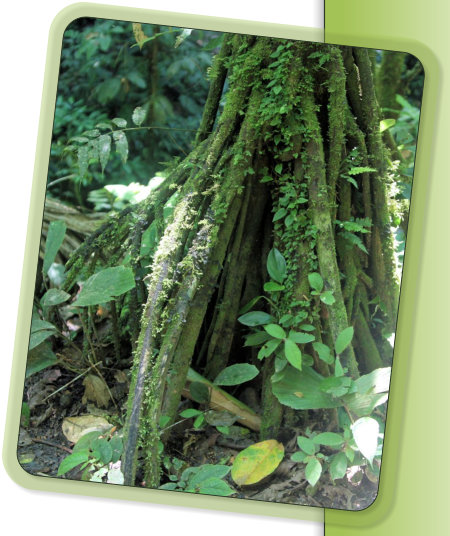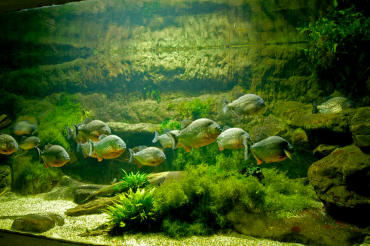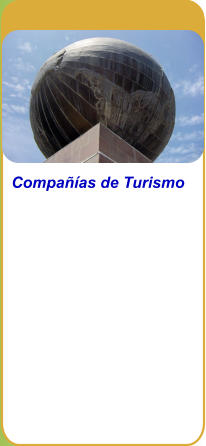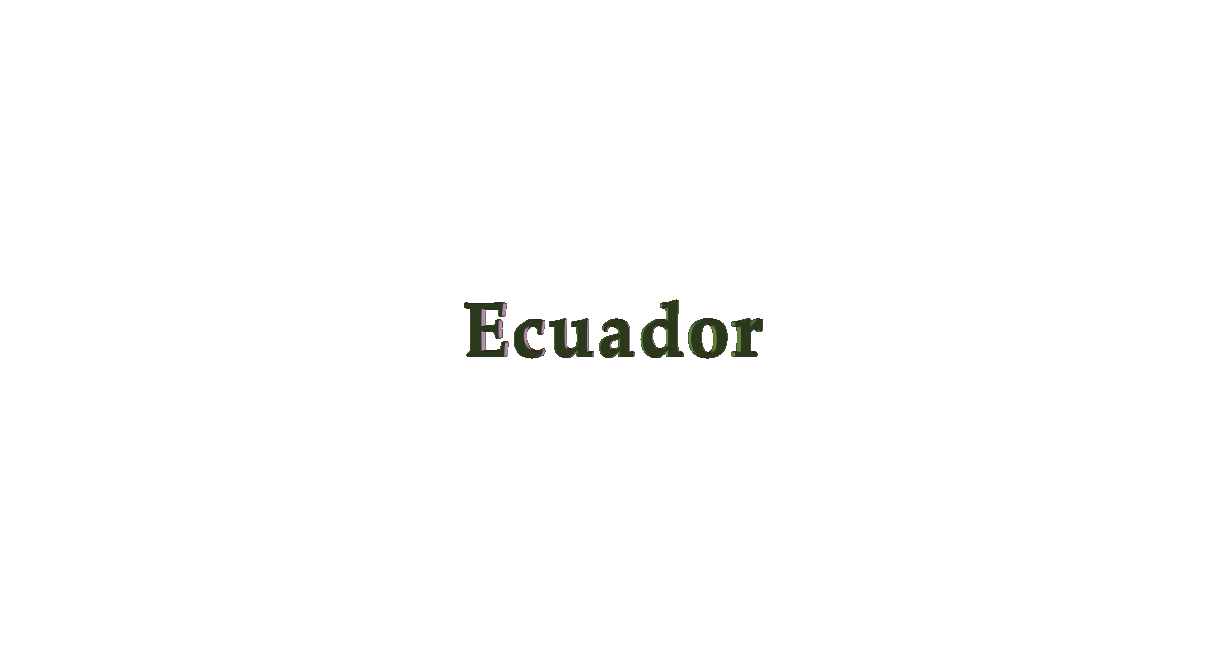


Amazonian Country Located at he heart of the Equatorial Line
Oriente
The Amazon Region of Ecuador
The Amazon Region is one of the four natural regions of the Republic of Ecuador. It compiles the Provinces of: Orellana, Pastaza, Sucumbíos, Morona Santiago and Zamora Chinchipe. It has an extension of 120,000 km² of exuberant vegetation. The Amazon Basin of Ecuador is the part of South America drained by the great Amazon River, most of the basin is covered by the Rainforest also known as Amazonia. Because most of the Amazon Rainforest is unexplored, many of its indigenous plants and animals here are unknown. Recently in 2013, for the first time in 35 years, the discovery of a new carnivore species, a long tailed and orange furred mammal called olinguito, made the news around the world. This Teddy Bear look alike mammal was found in the jungles of Ecuador and Colombia. Plant growth is dense due to the heavy rainfall, the ground is always damp and dark due to the shade of tall vegetation that creates a roof over the top of the forest. Many plants here grow hanging on the branches or tree trunks with aerial roots not as parasites but as epiphytes.
©1996 el-ecuador.com - All rights reserved. - This Web site was created and maintained by: Fernando Silva
This site was last updated on: August, 2, 2022



Animal life here is abundant, more than 14,000 species of mammals are found here, and about 1,500
species of birds inhabit the basin. Many species of reptiles are found here, the largest snake in the
world the Anaconda roams the shallow waters of the Amazon, while other types of snakes live in the
tree tops like the Emerald Tree Boa and the Boa Constrictor.
More than 1,000 species of amphibians swim the waters of the Amazon, tropical frogs unlike their
tempered kind live in the trees and really only a few are found near bodies of water on the forest floor.
The high humidity and the constant rainstorms give tropical frogs the best environment to live off the
floor and escape many predators.
The Amazon Basin has the largest fish fauna than any other basin on Earth; with more than 2,200
species is the center of diversity of tropical fishes. The Red-bellied piranha lives here, an omnivorous
forager larger than any other species of piranhas. Some of the tropical groups of fish that are found
here are:
•
Gymnotiformes: Neotropical electric fishes
•
Characidae: Tetras and Allies
•
Loricariidae: Armored Catfish
•
Cichlinae: Neatropical Cichilds
•
Poeciliinae: Guppies and relative
Insects living here are by far the largest group
in the Amazon, a single square mile of
rainforest houses more than 50,000 insect
species, of that 25% are beetles with body
lengths of over 6.5 inches. Some scientists
believe that 30% of the insects of the Amazon Basin is made up of ants.
The river is the principal path of transportation for people tha lives here, seasonal floods axcavate and
redistributes nutrients onto beaches and islands of the region. This enables dry season agriculture
along the banks of the rivers without the need of fertilizers.
The Yasuni National Park is arguably one of the most biologically diverse spots on Earth. The Yasuní
National Park and the adjacent Waorani Reserve cover about 6,500 square miles; here we find the
most powerful bird of prey in the world, the harpy eagle top flying carnivore of the jungle. The park also
harbors a very high level of fish diversity with 382 known species, 150 species of amphibians, 117 bat
species, 596 bird species and over 4,000 vascular plant species.
800 million barrels of crude oil are believed to be under this park, 20% of Ecuador’s reserves. Recently
environmentalist and scientist have urged the government to leave the resources untapped, but the
government has assured that drilling can be conducted without damaging the environment. Oil
production accounts for one third of Ecuador’s national budget.


The Amazon Rainforest
of Ecuador, is one of
the most inexpensive
and more accessible
places in South
America, Tourists here
have the opportunity of
experiencing the wildlife
and the fascinating mix
of Indian Tribes that
occupy these lands. A
trip from Quito takes you
through three of the natural regions, leaving from the heart of the Cordillera of the Andes you will be
able to admire the breathtaking views of the Páramos, descending through a part of the cloud forest
and before arriving to the Amazon Basin.
The Amazon Region in Ecuador has a variety of places to visit and amenities for the entire family,
from Lodges located on riverbanks to rainforest sanctuaries where everyone can enjoy the
experience that only the Amazon can offer.
The Oriente encompasses one of Ecuador’s greatest tropical rainforest, jungle lodges, many of them
a canoe ride down the Río Napo, make for the most comfortable way of experiencing the thrill of this
diverse and exciting habitat, here you can find indigenous community that will give you a glimpse
into the lives of the jungle’s inhabitants. Some of the more isolated destinations can be reached only
by light aircraft or boat.



Your Company Name Here
Advertise with us and
expose your company
worldwide..
Anuncie con nosotros y
exponga su compañía
ante todo el mundo.
Contact us

Your Name Here
Advertise with us and
expose your company
worldwide..
Anuncie con nosotros y
exponga su compañía
ante todo el mundo.
Contact us





















